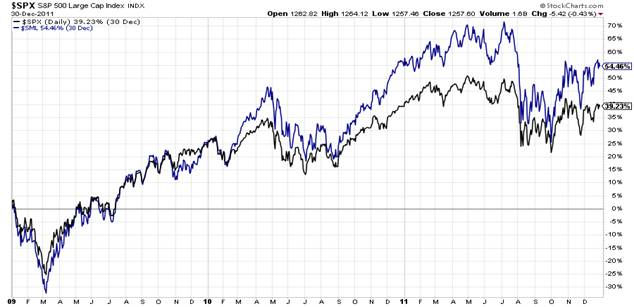Are we Sure we are in a Roaring Bull Market?
- cornerstoneams
- 1 hour ago
- 3 min read
Throughout various editions we have examined the stock market through different market-based perspectives since this bull market began, coming out of the 2022 notable drawdown.
We have offered many times that this bull market is seriously lacking in broad participation. A strong bull market, historically speaking, is broad and robust with upward trending prices across the stock market landscape.
We cannot emphasize enough that narrow bull markets are ripe for dangerous pricing action the longer they continue to display such behavior.
When a few handfuls of companies are dominating the performance for the stock market at large, while vast areas of the broad market cannot kick into gear, or worse, their price trends look as though the stock market as a whole is struggling, then you know the market landscape is quite narrow in its participation.
When sharing on this topic, we always add that this is all subject to change. This implies that participants can turn quickly toward broadening out the market, and in so doing, turn this market’s landscape into something resembling the customary bull market experience.
The problem is this is not happening. Rather, the market gets narrower, which informs us that collective participants continue to get more and more selective in what they are willing to bid up on a trend basis.
We have delved into this topic more of late because the storyline refuses to change. Collective market participants continue to show a disinterest in bidding up the broader market. This, in a nutshell, is unhealthy price action when viewing the broad market.
Viewing a couple of indices that are heavily weighted toward the few handfuls of companies that are performing wonderfully does not depict the broader issue. As an aside, general financial reporting typically references these types of indices as the gauge for stock market pricing on any given day.
Interestingly though, said weighted indices, when viewed next to broader, less weighted, or even equally weighted indices, certainly add insight into how narrow the stock market structure is.

Above we are placing the traditionally referenced S&P 500 index, which is a weighted index, alongside the much less reported, equal-weight S&P 500 index.
We have shown these two in previous editions through different visual approaches, to include different lengths of time. In the above chart, this time we chose to go with a 12-month view to get a sense of what has taken place in the previous one-year period.
The blue line represents the weighted S&P 500 index. The black line depicts the equal-weight S&P 500 index.
Note the tremendous disparity in performance by the black line relative to the blue line, particularly as we came out of the rapid drawdown in the early spring season.
For its part, the equal-weight S&P 500 index (black line) put in efforts to tag the high-water mark of 6% performance but was unable to touch that level of performance, while the weighted S&P 500 index (blue line) was tagging 17%.
To the current day, the equal weight is struggling in that it is now, as of this writing, sub-2% in performance for the previous 12 months. By any stretch, this cannot be described as the behavior of a roaring bull market. A roaring few handfuls of companies – yes. A roaring broad market landscape – no.

Above is the same 12-month performance chart with an additional index added.
The red line is the S&P 600 index, which tracks small capitalization companies within the stock market landscape. For its part, it has struggled to stay positive in performance for the previous one-year period.
It is important to realize that in truly strong bull markets the small capitalization companies often lead the charge in performance metrics. This has not been the case for this bull market post-2022, and clearly not in the above 12-month performance view.
The significance of the above is that narrow market backdrops lead to problematic price trends, given time. The problem is this narrow storyline has continued for quite a long while now with no change in sight.
Post-2022, there had been episodes where market participants were showing a willingness to broaden market performance, but they would quickly revert back to being very selective in what they were willing to bid higher, i.e., narrow performance participation.
For our part, with all of the above in mind, we are being extremely cautious in deploying capital at this juncture. Collective participants continue to display strange bidding behavior for a market that is collectively viewed as a roaring bull market.
If this market landscape cannot broaden out, and at this point it seemingly refuses to do so, it is a precursor to pricing issues, as a few handfuls of companies will not be able to carry the market without presenting a breakdown at some point.
I wish you well…
Ken Reinhart
Director, Market Research & Portfolio Analysis




Comments